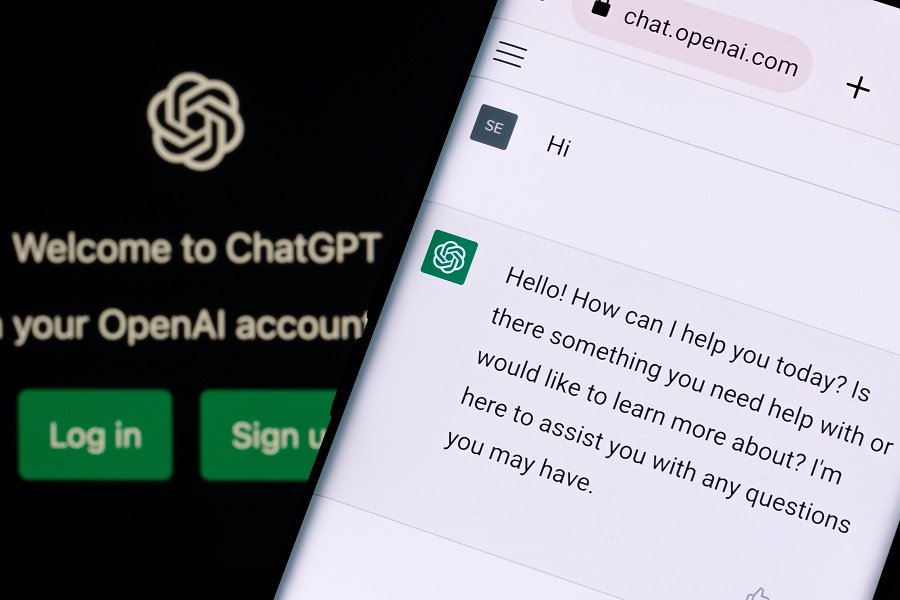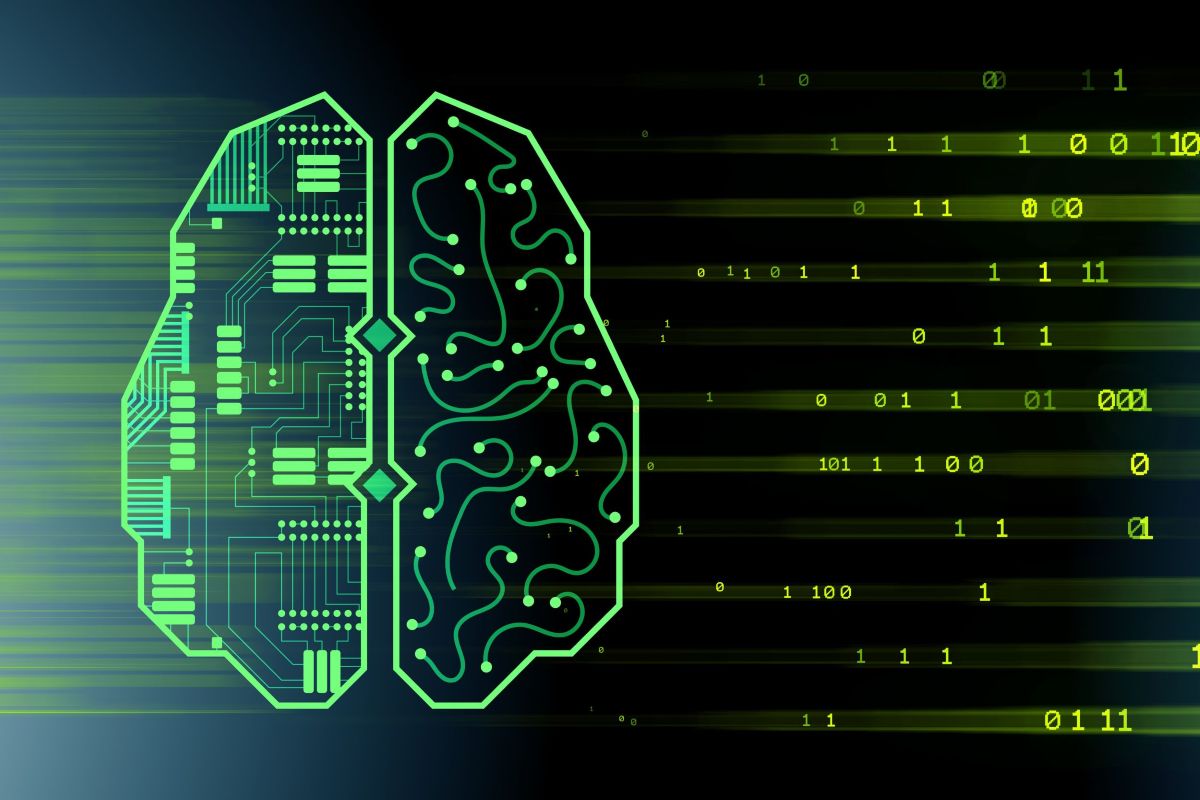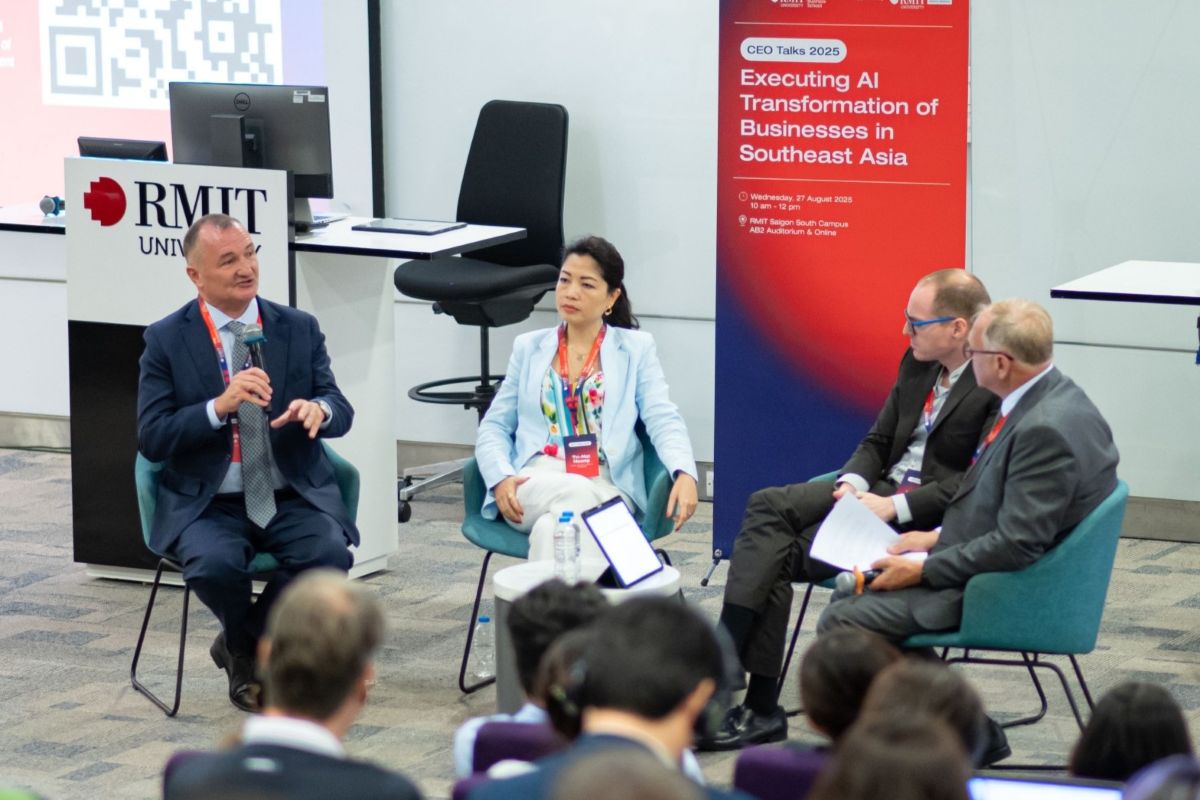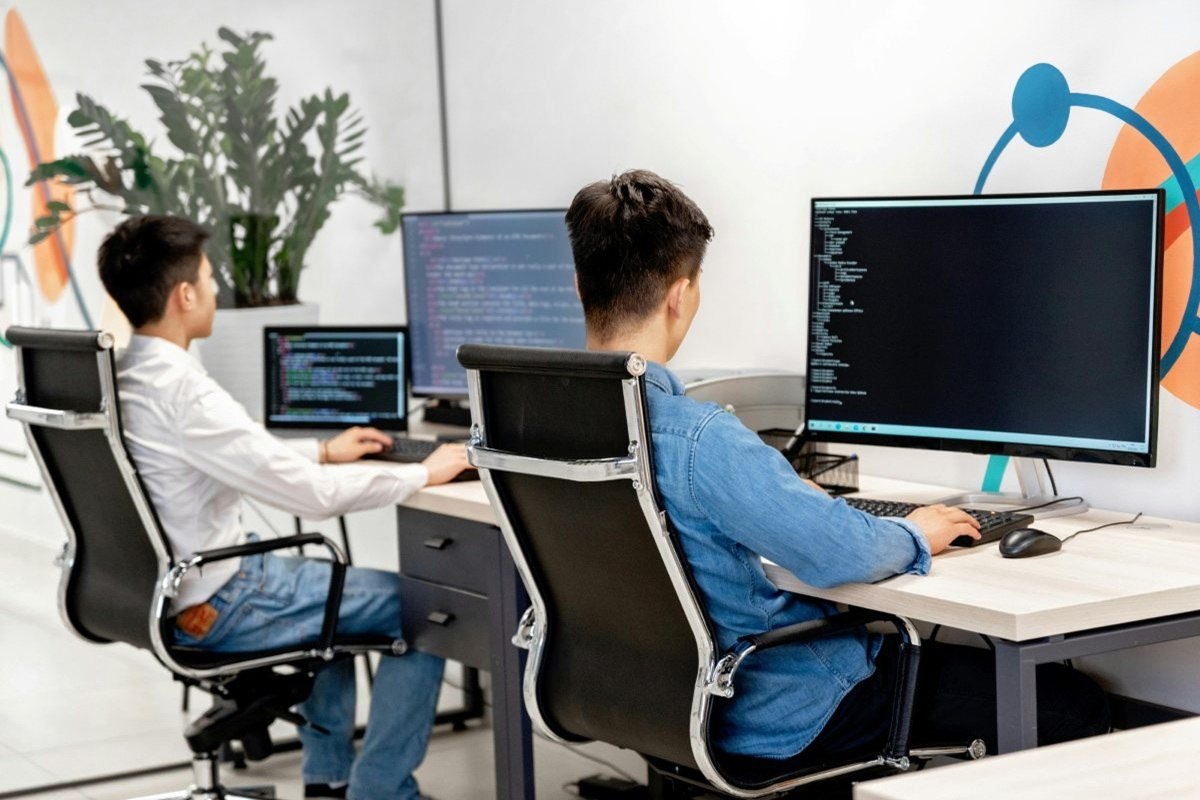Furthermore, the road to AI integration is not a straight line that every company can take. Companies must identify their specific goals with using generative AI and then orchestrate their strategies and preparations accordingly.
A news publishing company, for example, might use generative AI for quick, generic news drafts, whereas an advertising agency might use it for creative slogan brainstorming. Their AI objectives differ: the publisher seeks speed, whereas the agency seeks brand-aligned creativity. Neither may achieve their desired outcomes without a tailored AI approach.
How businesses should prepare for generative AI
The business motives for AI integration can be categorised based on two criteria: (1) its role in replacing or augmenting current skills, and (2) its application being either internally focused or directed towards customers. This classification aids in strategising and aligning AI implementations with organisational goals.
First, companies must determine whether the technology will replace or enhance skills. Feedback mechanisms, improved performance metrics, and training are critical for skill-enhancing AI applications. For example, KONE, an elevator manufacturer, uses IoT sensors to predict maintenance, but technicians must provide real-world feedback, necessitating updated KPIs and training.
In contrast, skill-replacing AI requires a comprehensive strategy emphasising an organisational growth mindset, career transition support, and contingency planning. The Swiss AutoBus project, which aims to replace bus drivers with AI-driven vehicles, exemplifies this. Employees must adapt to technological changes, and backup plans for unforeseen disruptions, such as standby human drivers, are required for successful integration.
Different approaches are required along the second dimension - internal or customer-facing. Businesses must be at the forefront of AI research for customer-facing applications, emphasise user-centric design, and conduct thorough market analysis. Take, for example, Tesla, which is experimenting with self-driving cars. They must be leaders in AI innovation, prioritise user-centric design, and strategically position their products in the market.
When AI is used to streamline internal processes, the emphasis shifts. Managers must prioritise staff’s data analysis and interpretation skills. It is also critical to effectively manage the transition, ensuring that employees adjust to and collaborate with the new AI tools. Such processes necessitate enhanced data interpretation skills among staff, coupled with adept change management strategies.
Ultimately, generative AI emphasises the delicate balance between human expertise and automation. AI integration isn't a one-size-fits-all process; it varies depending on business objectives, the AI's role in supplementing or replacing human tasks, and the application focus.
As seen in industries ranging from publishing to automobiles, a tailored approach that combines AI capabilities with human nuances is essential. Businesses must adapt and refine their strategies as technology advances, ensuring a harmonious alignment between human professionals and AI for maximum efficacy.
Story: Associate Professor Pham Cong Hiep, Head of Business Innovation Department, Interim Deputy Dean of Research and Innovation, The Business School, RMIT University Vietnam
Masthead image: kunakorn – stock.adobe.com | Thumbnail image: sdecoret – stock.adobe.com




